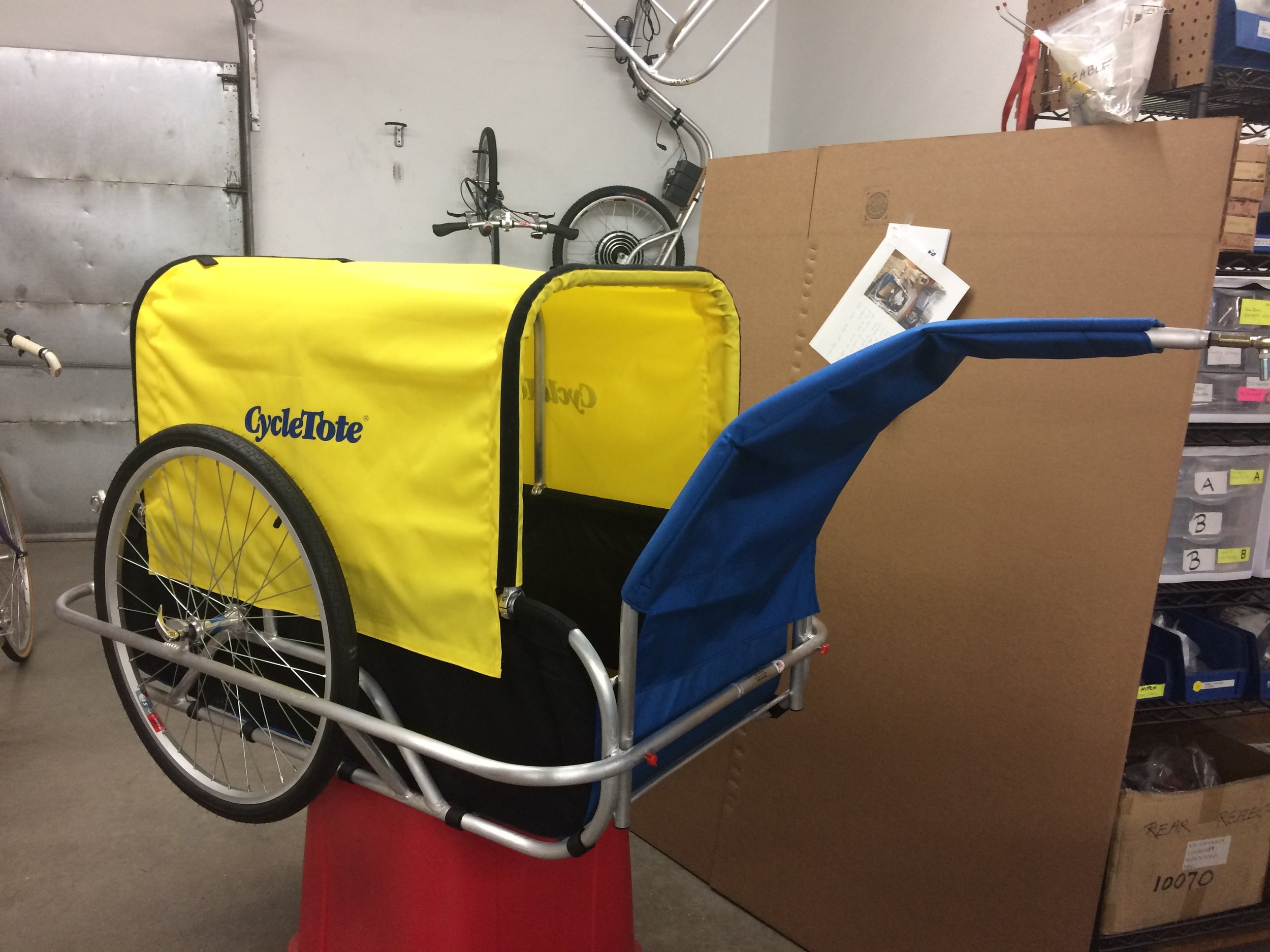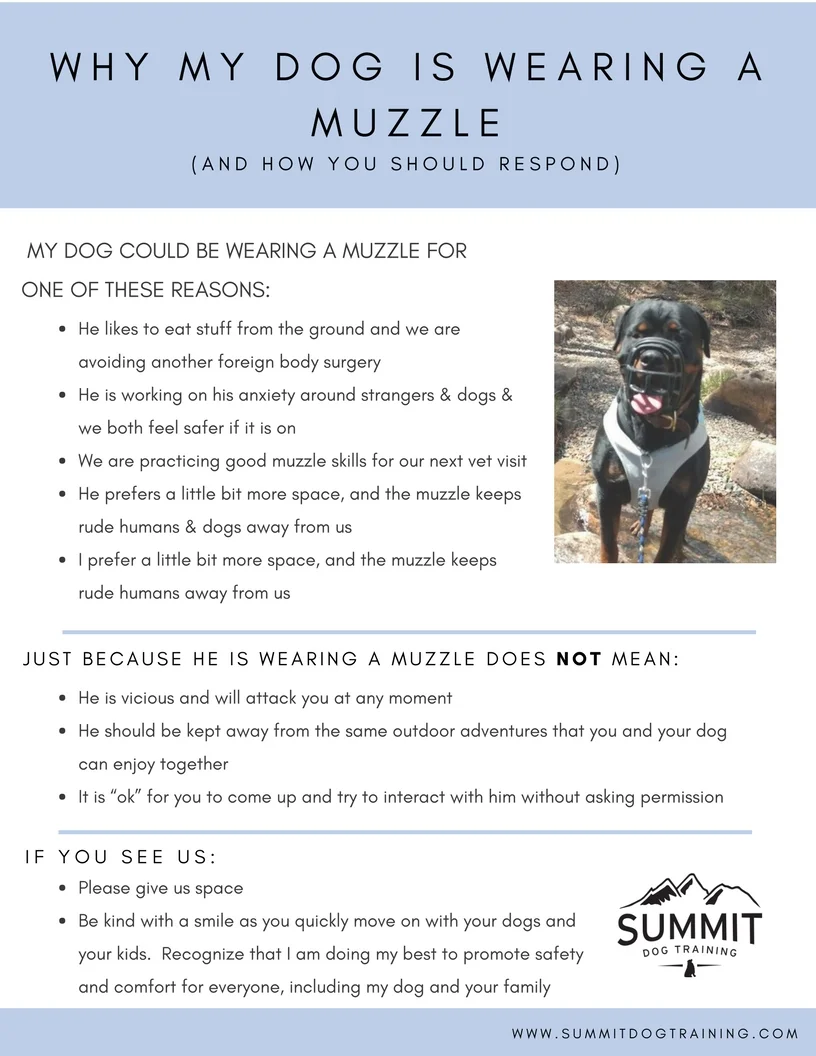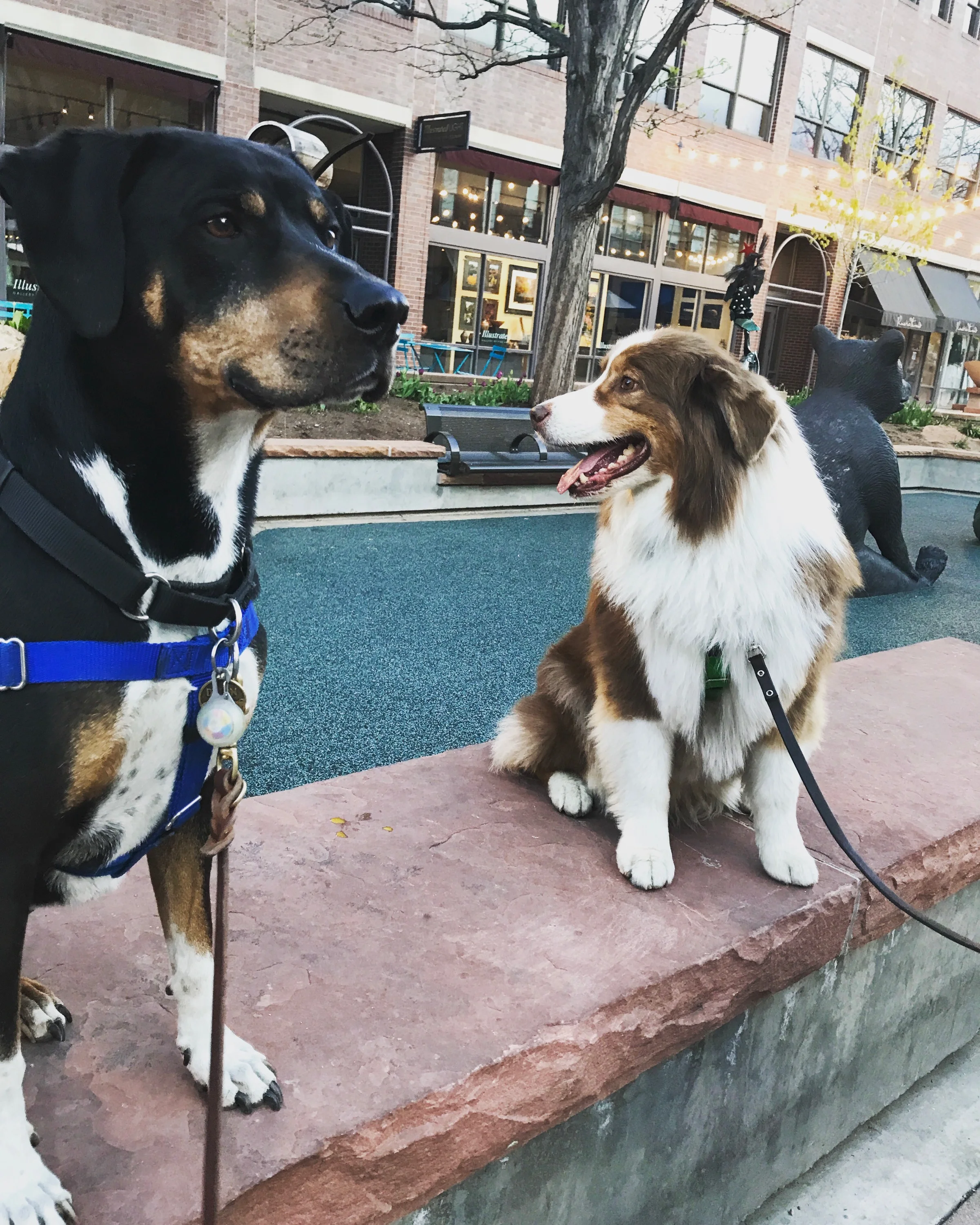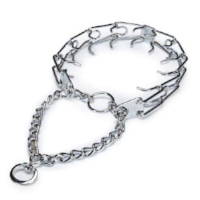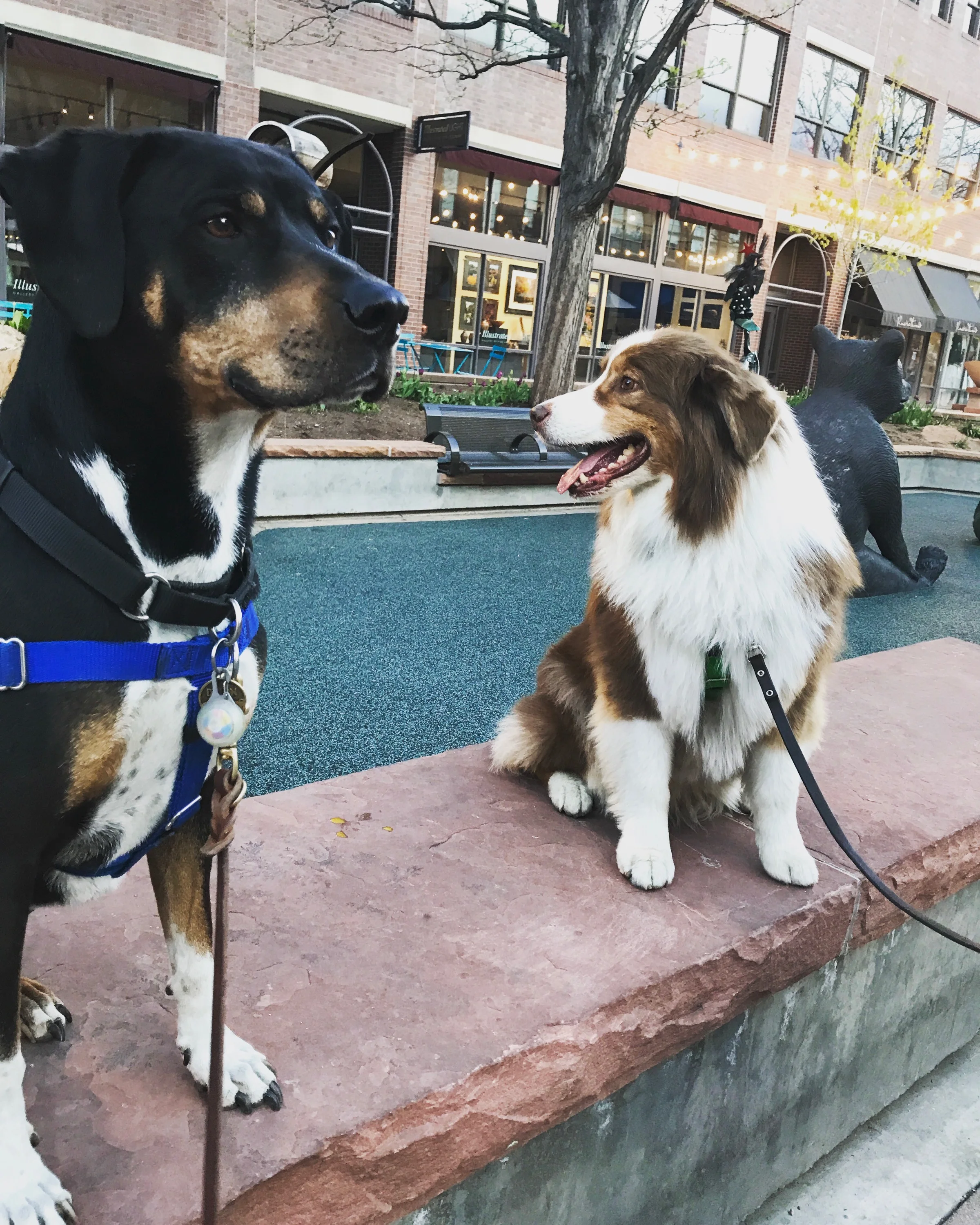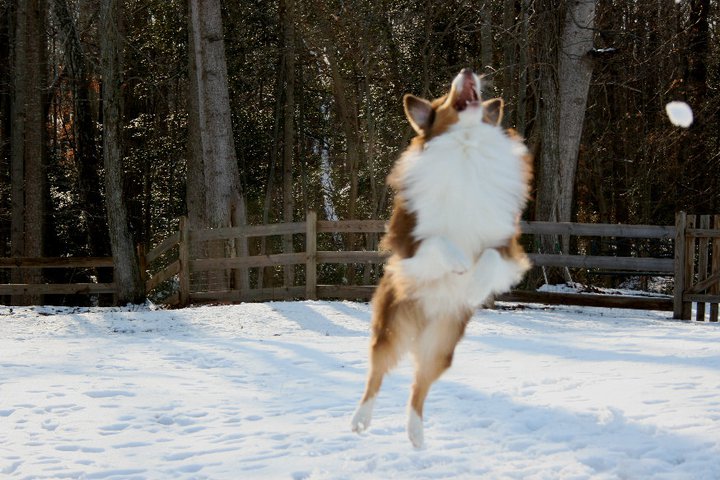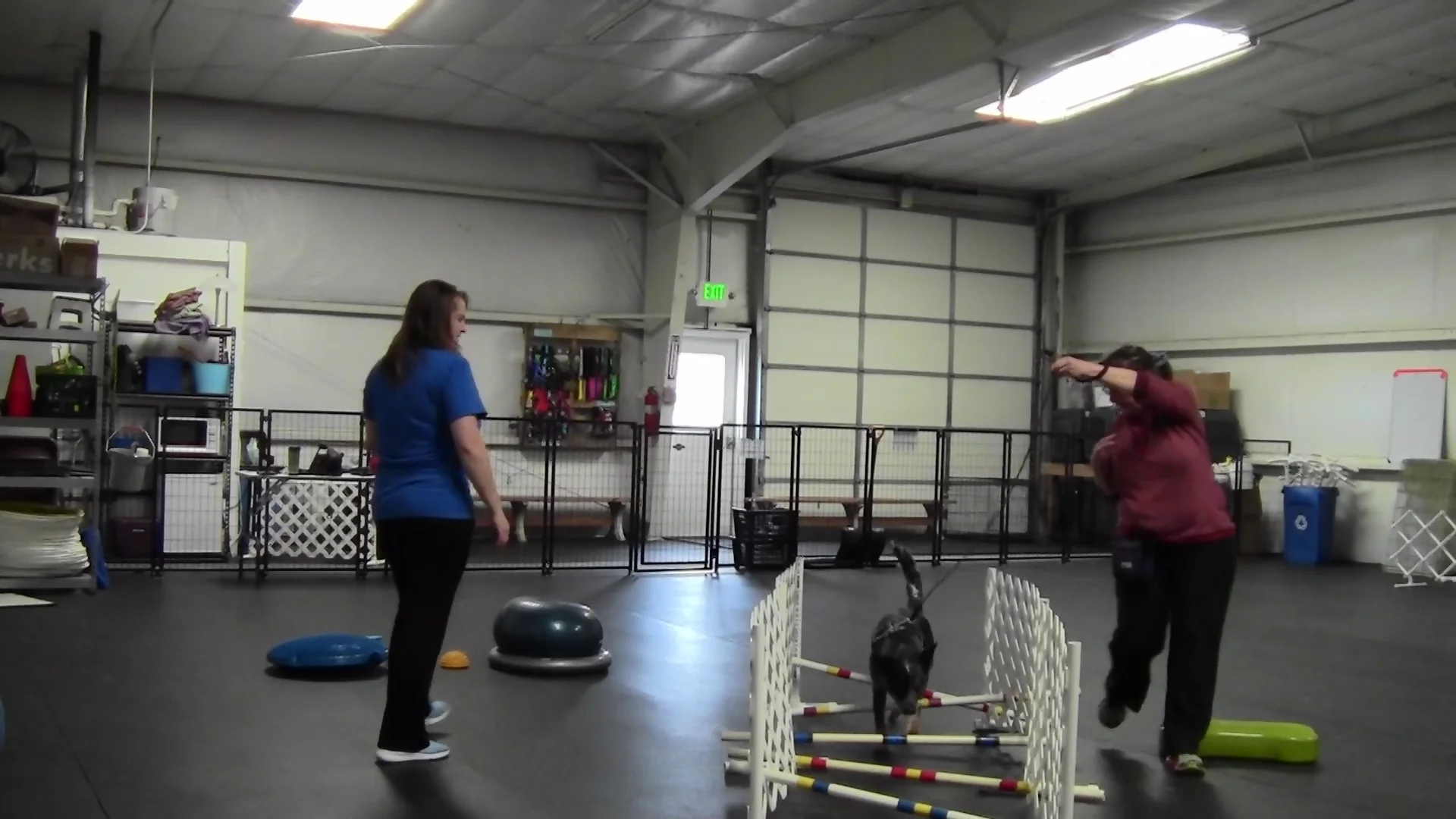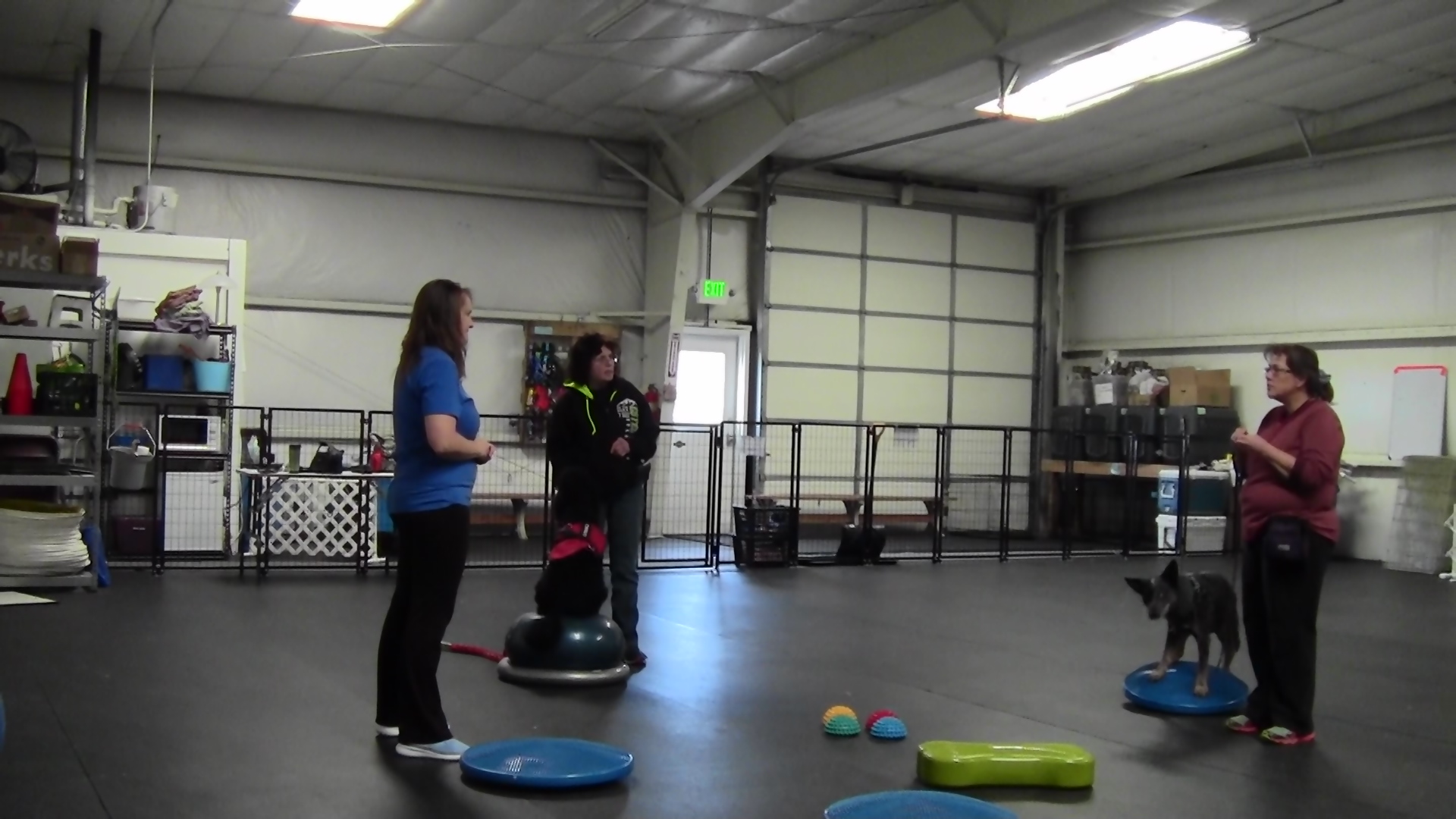Suitable exercise for our dogs – both mental and physical - is a critical component of promoting the calm, relaxed demeanor and “polite” behavior we crave so much in our canine companions. Unfortunately, sometimes a good exercise routine isn’t possible. Your dog may be recovering from an injury or illness and thus be on restricted exercise. The weather might not cooperate for days on end, leaving both you and your dog a little stir crazy! Or perhaps your dog has behavior problems that make walking and exercising normally a challenge. Whatever the reason, confinement can lead to an escalation of less-than-desirable behavior in our dogs, as their pent-up energy and boredom seeks to find other outlets that are more accessible to them.
Luckily, there are several things we can do to help our dogs through these days or weeks or months where they are confined. Keep in mind that these are ideally not a long-term replacement for proper exercise, but can be a great help for at least surviving the forced downtime with some remnant of sanity for you and your dog!
1. Routine Enrichment
Look at your dog’s normal daily routine. Evaluate the toys that they have access to all the time. Evaluate their food consuming process. What does this look like? Then ask yourself if there are any ways that you could tweak this routine to make it a little more interesting to your dog?
One of my favorite places to make changes is the food consuming process. If you have a dog that eats out of a bowl, either all at once or grazing all day long, this is a HUGE missed opportunity for providing natural enrichment to your dog with little to no extra effort on your part! Instead of feeding your dog in their bowl, here are a few different ways you could spice it up:
- Put the same amount of food into a food puzzle toy. A few months ago I wrote about my favorites; one of my colleagues Laura of Delightful Doggies in Denver has another great blog post with additional options.
- Scatter the food on the floor instead of in the bowl. This is a great way to engage your dog’s “seeking circuit” and turn eating into a fun scent work game. As they get the hang of the game, you can make it more and more difficult to find some of the pieces. Scattering the food and then covering most of it with a towel or other mat is a great way to increase the difficulty and engage your dog’s problem-solving abilities.
- Another method for making an occasional meal a little more exciting is substituting in a raw bone for your dog’s regular kibble (or raw) meal. Before doing this, I would consult with your veterinarian to make sure that this is appropriate for your dog. Here is a great blog post by behavior specialist Sarah Stremming that provides some more insight into WHY dogs need to chew.
- Instead of feeding in the bowl, have your dog “work” for each piece of kibble doing training skills (see point 2 below). Not only will this enrich your dog’s eating routine, but when you and your dog are ready to hit the streets again you’ll have some extra solid skills to make that more enjoyable for both of you!
This routine enrichment can be dished out with your dog’s toys as well. Don’t have unlimited toys around for your dog to get bored with. Keep most of them put away, and each day hide a few “new” (have been kept out of sight for a few days) toys around the house. Encourage your dog to search for them, and when they find a toy engage in a game of tug (assuming that’s appropriate depending on the reason your dog is confined) or swap for a tasty treat.
2. Training Games
The Name Game & Targeting are two low-impact training skills you could be rehearsing with your dog while they are confined. Of course you can always do other things as well, but I don’t want to overwhelm you with too many options at first! If you and your dog beat these two training exercises and are looking for more, contact us and we can write a 2.0 blog post to give you more to do!
- Name Game:
- Level 1: “Ping-Pong": Drop treat on the ground for your puppy to see; wait for your dog to collect treat and look back up to you for the next treat. Mark the eye contact with your marker and drop another treat. Continue to repeat until your dog is giving quick eye contact with you after collecting the treat. Practice in low-distraction environments first, then start taking the behavior to new environments, gradually building on the level of distractions.
- Level 2: Respond to Name: After your dog is promptly returning their attention to your face after collecting each treat, say your dog’s name right before they turn back to look at you again. Mark & reward their eye contact, tossing the treat away to reset for the next attempt. Continue to occasionally cue the look with your dog’s name followed by marks & rewards when he responds correctly. If he is too distracted to look at you, avoid repeating his name with no response. Move away from the distraction to increase his focus and try again.
- Targeting:
- Level 1: Touch Nose to Target: Present your open, empty palm close to your dog’s nose and C/T any movement or glance in its direction. Reset the target by removing your target hand after each C/T. Repeat until your dog is offering a nose-to-palm target at this distance. Move your hand a few inches further from your dog’s nose so that they have to move farther to target it. Practice at a variety of distances (all at an achievable level at this stage) and directions (above and below your dog’s face).
- Level 2: Follow a Target: Present your hand 1 to 2 inches away from your dog’s nose and C/T any movement towards it. Repeat until your dog is warmed up to the game. Move your hand away from your dog’s face slowly and C/T for any movement your dog makes to follow the target. At this point, the movement towards the target is more important than actually making contact with the hand. As your dog becomes more confident with following the target, integrate different types of movement, switching the speed and direction that you move your hand. C/T for correct responses.
3. Nose Work Challenges
This is somewhat of an extension to the enrichment suggestions in part one, but it is a next level game that can be very exciting and easy to play with your dog at home. Nose work is teaching your dog to search different environments and scenarios for their target odor. At first this target odor is the smell of their treat, or their favorite toy. The beauty of this game is that it can be adjusted and tweaked until you run out of imagination! The sky is the limit, and there are lots of options that you can do right within your own four walls.
- Start out with a few cardboard boxes of various sizes, all large enough for your dog to put their head inside comfortably.
- While your dog is crated or restrained in a different room (no peaking!), arrange 2-3 boxes and place a treat inside each one.
- Release your dog and present the boxes to them, and let them start searching on their own. When they find a treat, you can reward with an extra treat from your hand! A bonus for completing the search!
- When they have finished searching all of the boxes, you can return them to their waiting area and repeat for another try. You can move the boxes around a bit to make it look a little bit differently.
- After your dog is starting to get the hang of searching the boxes, start reducing the number of rewards you are setting into the boxes at the start. Instead of filling all 3 boxes, only plant a treat in 2 of them. Your dog will start learning to eliminate boxes that don’t have food odor in them. Continue to reward your dog from your hand as well when they find the treats!
- You can rearrange the boxes and add more as much as you want, as long as your dog is enjoying the game!
- For progressing farther than this, I recommend finding a Nose Work class near you or looking at resources put out by Nose Work organizations like the NACSW.
Whatever you do with your dog while they are confined, try to keep it simple and fun. And remember that when you do start introducing exercise back into their routine, take it nice and easy and recognize that they might be a little out of practice on their leash walking manners! But with all the work you will have been doing while you’ve been confined together, I’m sure you both will be back to your normal routine in no time!













